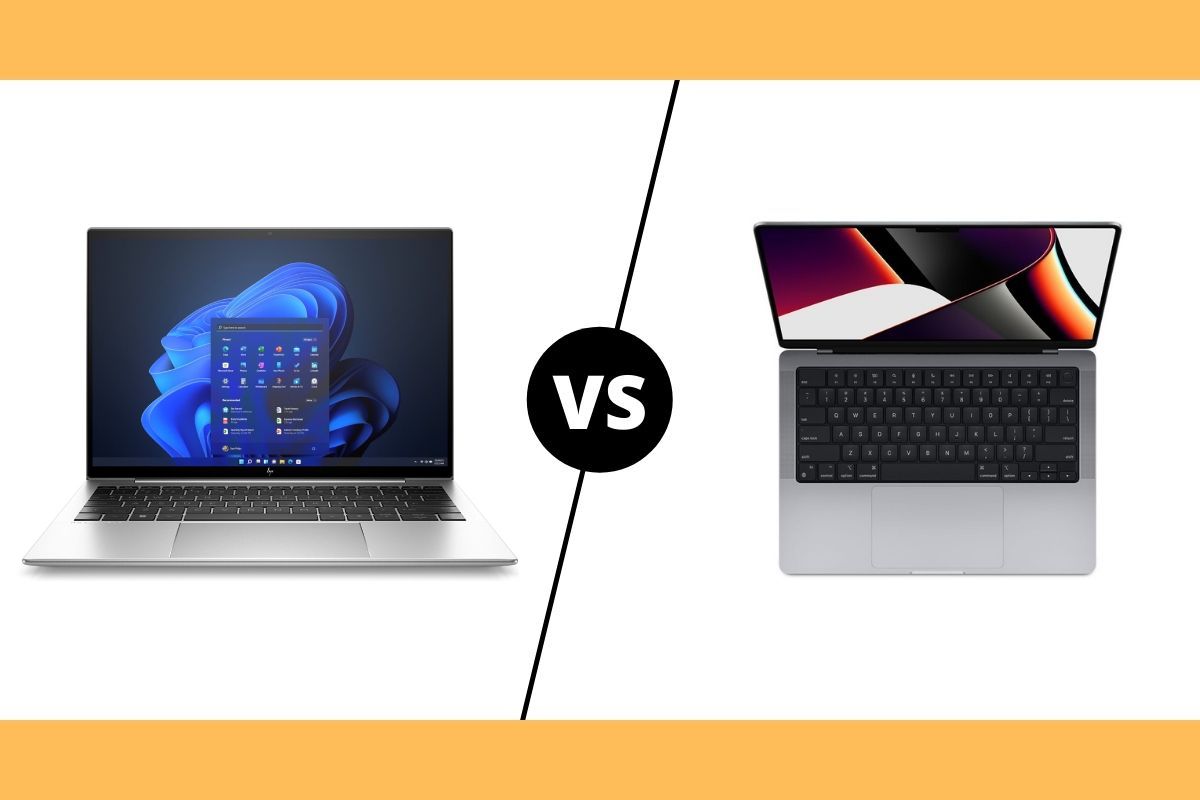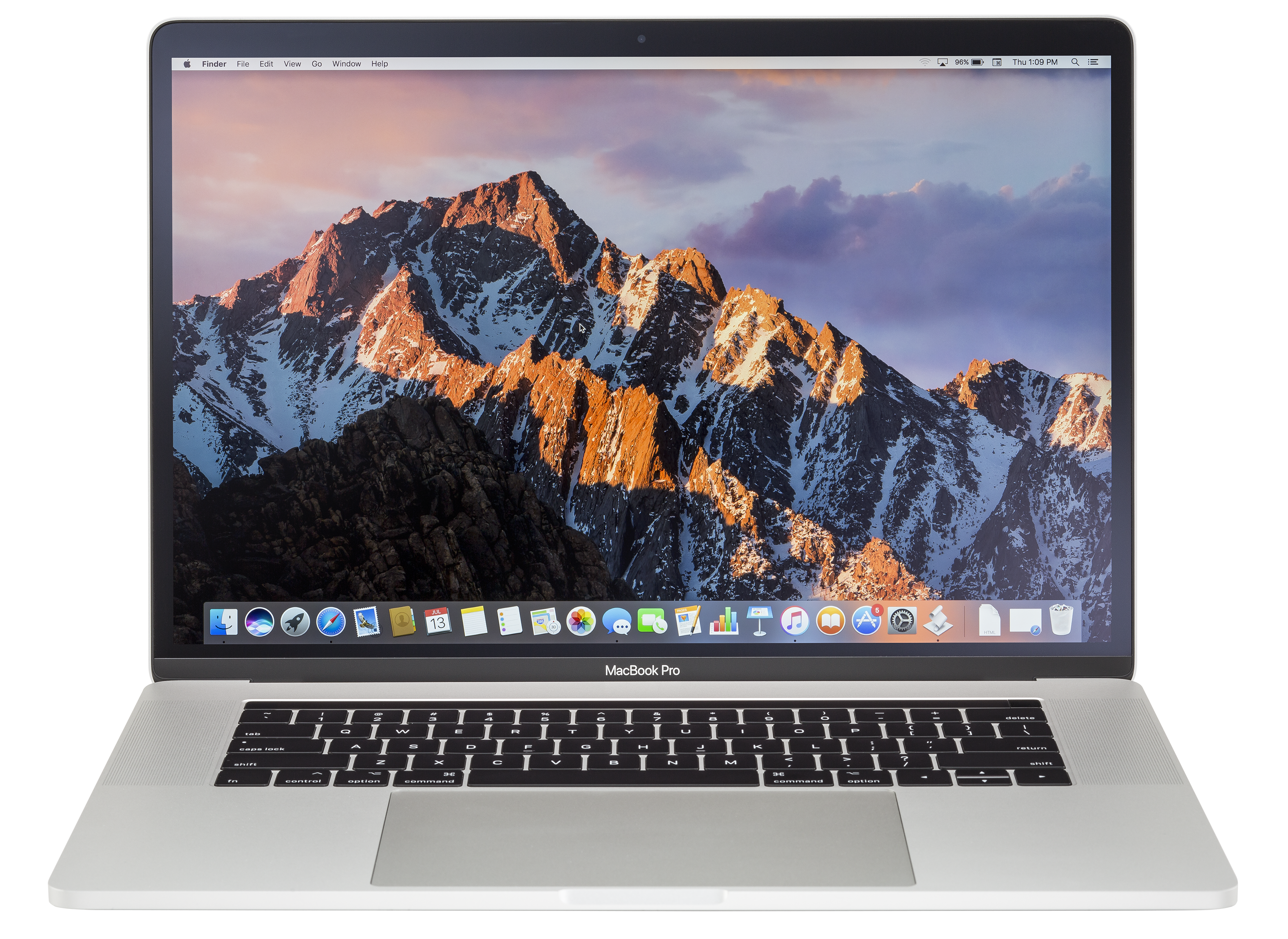
- #Operating systems for macbook pro install
- #Operating systems for macbook pro windows 10
- #Operating systems for macbook pro software
(If you're the IT admin for your organization, see Enable users to sync SharePoint files with the new OneDrive sync app.) The sync app lets you sync files from your OneDrive for work or school and even from Microsoft SharePoint sites if your admin enabled it. The changes will automatically be made in OneDrive and your other computers that have the sync app installed.

You can also use the Finder to rename and delete files, create new folders, and move files around in your OneDrive folder. If you installed the OneDrive app on other computers, the files will automatically be added to the OneDrive folders on them, too. Files you upload this way can be up to 250GB in size if you're signed in to a Microsoft account, or 15GB if you're signed in to a work or school account. To upload files to OneDrive automatically, just copy or move the files to your OneDrive folder using the Finder, or save them in your OneDrive folder from an app. If you add, change, or delete a file or folder on the OneDrive website, the file or folder is added, changed, or deleted in your OneDrive folder and vice versa. This folder is kept in sync with OneDrive.
#Operating systems for macbook pro install
That said, Apple’s operating system and platform are the most popular in the pro-audio sector with 70% of respondents using one of Apple’s operating systems.When you install the Microsoft OneDrive sync app for Mac, a copy of your OneDrive is downloaded to your Mac and put in the OneDrive folder.
#Operating systems for macbook pro windows 10
So there you have it, Windows 10 is the single most used operating system in the pro-audio sector, but it has been around for more than 5 years, whereas Apple has had an annual release of their operating system, meaning that takeup of any one of them is going to be smaller. However, it is interesting to note that macOS Mojave is not far behind with 30% of Mac users still using a version of the macOS that was released in 2018. The upshot of macOS Big Sur not being approved yet by many developers is that effectively for the pro-audio sector, the current version of the macOS is Catalina used by 35% of Mac users in the pro-audio sector.
#Operating systems for macbook pro software
As a result, it still not approved by a lot of the DAW brands and many other pro-audio software developers as you can see in our searchable macOS Big Sur database. The current version of the macOS is macOS 11 Big Sur, which was announced at Apple’s WWDC 2020 event in June 2020 and only released in November 2020. Again things are a little different here too.

We had macOS Big Sur released in November 2020, macOS Catalina in September 2019, macOS Mojave in September 2018, macOS High Sierra in September 2017 and macOS Sierra in September 2016.Īll of this means that since Microsoft released Windows 10, Apple has released 5 significant new versions of its operating system and it is our view that this is the main reason the results are so different between Mac and Windows users.īut what about the usage of the current Mac operating system. Whilst Microsoft’s last OS release was more than 5 years ago, Apple has been releasing a new version of the macOS annually, each with significant changes, requiring software developers to make changes to their products. But we suggest there are a number of factors which explain this.įirstly Windows 10 has been around since July 2015, All software brands have had plenty of time to support it and the updates are incremental with relatively small implications. As you can see, it is nowhere as clear cut as it was with Windows users.


 0 kommentar(er)
0 kommentar(er)
